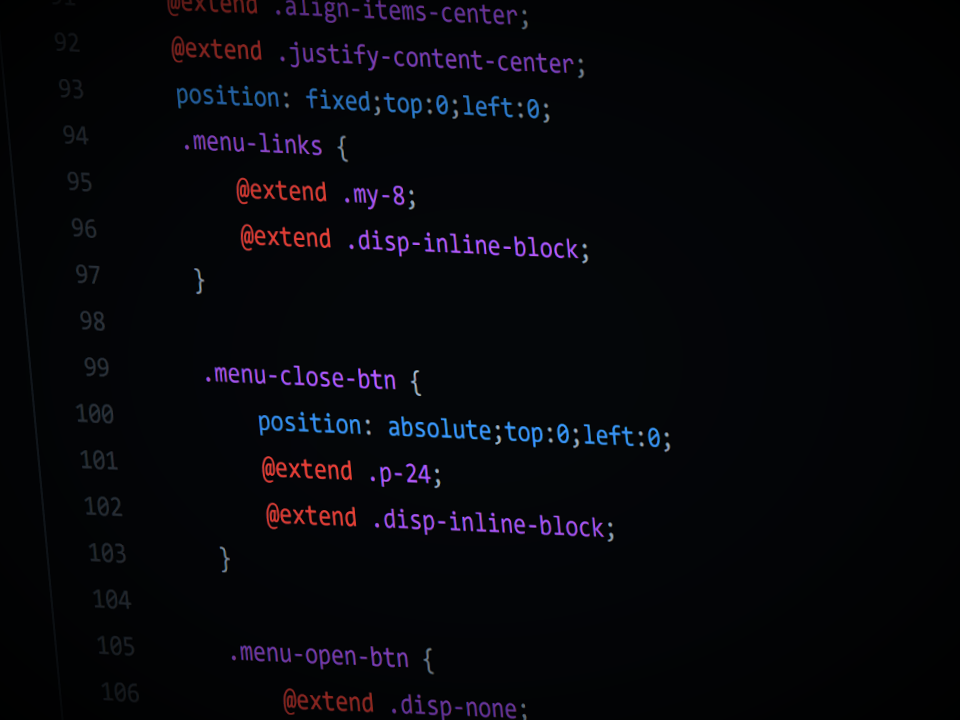Blitz News Digest
Stay updated with the latest trends and insights.
CSS Frameworks: The Unsung Heroes of Web Design
Discover why CSS frameworks are the secret weapons of web design that can elevate your projects to the next level!
10 Reasons Why CSS Frameworks Will Transform Your Web Design
Using CSS frameworks can significantly enhance your web design process. One major advantage is the speed at which you can develop a project. With pre-designed components and a grid system, frameworks allow developers to create responsive layouts in minimal time. This efficiency not only saves time but also reduces the potential for errors, allowing for a smoother workflow. Additionally, many CSS frameworks come with built-in support for common design patterns, which can ensure consistency across your site.
Another reason to adopt CSS frameworks is their ability to promote best practices. Frameworks are often built by experienced developers who understand the latest trends in web design. By using these frameworks, you're likely to inherit their expertise, which can improve your overall design quality. Moreover, many frameworks are continuously updated to keep pace with advancements in web technology, ensuring that your designs remain modern and relevant. As a result, embracing CSS frameworks is not just a trend—it's a smart move for any serious web developer.

How to Choose the Right CSS Framework for Your Project
Choosing the right CSS framework for your project is crucial for ensuring efficient development and a seamless user experience. First, consider the specific needs of your project, such as the desired functionality, design aesthetic, and potential scalability. For instance, if you're developing a highly interactive web application, a framework like Bootstrap may be ideal due to its extensive pre-built components and responsive grid system. In contrast, for performance-focused applications, frameworks like Tailwind CSS offer customization without the bloat of unused styles.
Next, evaluate the community support and documentation of the CSS framework you’re considering. Frameworks with robust communities often have extensive resources, forums, and tutorials that can help streamline the development process. Additionally, assess the framework's performance metrics, including load times and efficiency. Keeping these factors in mind will aid you in selecting a framework that not only meets the current requirements but also adapts to future project demands.
Are CSS Frameworks Worth It? Pros and Cons Explained
CSS frameworks can greatly enhance the efficiency of web development by providing a solid foundation of pre-designed styles and components. Pros of using CSS frameworks include faster design implementation, a consistent look across pages, and responsive grid layouts that simplify the adaptation of designs for different devices. By leveraging tools like Bootstrap or Foundation, developers can save time by not reinventing the wheel when it comes to styling common UI elements. However, these advantages can sometimes come at a cost of overhead, as including a full CSS framework can add unnecessary weight to a project if only a small portion of its features are utilized.
On the flip side, there are cons to using CSS frameworks, primarily concerning customization and learning curve. Many developers find that frameworks impose a specific structure that may not align with their creative vision, making customization a bit challenging. Moreover, if you are new to a particular framework, it may take time to understand its nuances and how to effectively utilize its components. In summary, while CSS frameworks offer significant advantages in terms of speed and consistency, they may not suit every project, especially where tailored design and optimized performance are priorities.